4-Cyanopyridine
Synonym(s):4-Cyanopyridine;Isonicotinic acid nitrile;Isonicotinonitrile
- CAS NO.:100-48-1
- Empirical Formula: C6H4N2
- Molecular Weight: 104.11
- MDL number: MFCD00006417
- EINECS: 202-856-2
- SAFETY DATA SHEET (SDS)
- Update Date: 2024-06-04 15:29:52
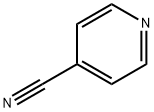
What is 4-Cyanopyridine?
Chemical properties
beige solid
Chemical properties
The cyanopyridines are as follows: 2-cyano-: A white to tan liquid or solid. Almond odor. Boiling point=2213℃ ; freezing/melting point=27℃ ; flash point=89℃ . 3-cyano-: a colorless liquid or gray crystal- line solid.
The Uses of 4-Cyanopyridine
4-Cyanopyridine is used as an intermediate in organic synthesis and pharmaceutical substances like isonicotinylhydrazide, which is used in the treatment of tuberculosis. It is used as a precursor for the preparation of isonicotinic acid and 4-diemthylaminopyridine (DMAP). It is involved in the synthesis of 6-methyl-2-pyridin-4-yl-pyrimidin-4-ylamine by reacting with acetonitrile.
Synthesis
4-Cyanopyridine is synthesised by the reaction of 4-methylpyridine with ammonia and air in the presence of a catalyst. The specific synthesis steps are as follows:
4-Methylpyridine and ammonia vaporisation preheating to 180-330°C, then into the mixing tank and air mixing uniformly, into the fixed-bed reactor by the top of the fixed-bed reactor after the distribution of the catalyst-filled reactor, the control of the reaction temperature in the range of 330-450 ° C, the reaction head pressure is controlled in the range of 0.020-0.070 KPa, the reaction temperature is controlled by molten salts, the reaction gas after the end of the reaction After the reaction, the reaction gas was condensed to sub-zero fractionation to obtain the crude product of 4-cyanopyridine, and the crude product was distilled to obtain the finished product of 4-cyanopyridine. The conversion rate of 4-methylpyridine was above 99%, and the yield of 4-cyanopyridine was above 98%.
Potential Exposure
Limits in Air NIOSH IDLH525 mg/m3 NIOSH REL: (nitriles) 2 ppm, Ceiling Concentration, not to be exceeded in any 15-minute work period.
Shipping
UN3276 Nitriles, liquid, toxic, n.o.s., Hazard Class: 6.1; Labels: 6.1-Poisonous materials, Technical Name Required, Potential Inhalation Hazard (Special Provision 5).
Incompatibilities
Oxidizing agents, such as perchlorates, peroxides, and permanganates. Nitriles may polymerize in the presence of metals and some metal compounds. They are incompatible with acids; mixing nitriles with strong oxidizing acids can lead to extremely violent reactions. Nitriles are generally incompatible with other oxidizing agents such as peroxides and epoxides. The combination of bases and nitriles can produce hydrogen cyanide. Nitriles are hydrolyzed in both aqueous acid and base to give car- boxylic acids (or salts of carboxylic acids). These reactions generate heat. Peroxides convert nitriles to amides. Nitriles can react vigorously with reducing agents. Acetonitrile and propionitrile are soluble in water, but nitriles higher than propionitrile have low aqueous solubility. They are also insoluble in aqueous acids .
Properties of 4-Cyanopyridine
| Melting point: | 76-79 °C(lit.) |
| Boiling point: | 196 °C |
| Density | 1.1145 (rough estimate) |
| vapor pressure | 41.9Pa at 25℃ |
| refractive index | 1.5242 (estimate) |
| Flash point: | 88 °C |
| storage temp. | Sealed in dry,Room Temperature |
| solubility | 40g/l |
| form | Crystals or Powder |
| pka | pK1:1.90(+1) (25°C) |
| color | White to off-white |
| Water Solubility | 3.2 g/100ml (16.4 ºC) |
| BRN | 107712 |
| Exposure limits | NIOSH: IDLH 25 mg/m3 |
| Stability: | Stable. Incompatible with strong bases, strong oxidizing agents, strong acids. |
| CAS DataBase Reference | 100-48-1(CAS DataBase Reference) |
| NIST Chemistry Reference | 4-Pyridinecarbonitrile(100-48-1) |
| EPA Substance Registry System | 4-Pyridinecarbonitrile (100-48-1) |
Safety information for 4-Cyanopyridine
| Signal word | Warning |
| Pictogram(s) |
 Exclamation Mark Irritant GHS07 |
| Precautionary Statement Codes |
P261:Avoid breathing dust/fume/gas/mist/vapours/spray. P264:Wash hands thoroughly after handling. P264:Wash skin thouroughly after handling. P280:Wear protective gloves/protective clothing/eye protection/face protection. P301+P312:IF SWALLOWED: call a POISON CENTER or doctor/physician IF you feel unwell. |
Computed Descriptors for 4-Cyanopyridine
| InChIKey | GPHQHTOMRSGBNZ-UHFFFAOYSA-N |
Abamectin manufacturer
JSK Chemicals
Sintilla Medcoms Pvt Ltd
Lasons India Pvt Ltd
New Products
4-Aminotetrahydropyran-4-carbonitrile Hydrochloride (R)-3-Aminobutanenitrile Hydrochloride 4-AMINO-TETRAHYDRO-PYRAN-4-CARBOXYLIC ACID HCL 4-(Dimethylamino)tetrahydro-2H-pyran-4-carbonitrile 3-((Dimethylamino)methyl)-5-methylhexan-2-one oxalate 1,4-Dioxa-8-azaspiro[4.5]decane 5-Bromo-2-nitropyridine Nimesulide BP Aceclofenac IP/BP/EP Diclofenac Sodium IP/BP/EP/USP Mefenamic Acid IP/BP/EP/USP Ornidazole IP Diclofenac Potassium SODIUM AAS SOLUTION ZINC AAS SOLUTION BUFFER SOLUTION PH 10.0(BORATE) GOOCH CRUCIBLE SINTERED AQUANIL 5 BERYLLIUM AAS SOLUTION 2-Bromo-1-(bromomethyl)-3-chloro-5-nitrobenzene 2-Bromo-3-nitroaniline N-(3-Hydroxypropyl)-N-methylacetamide 3-Bromo-6-chloropyridazine 4-ethyl-3-nitrobenzoic acidRelated products of tetrahydrofuran
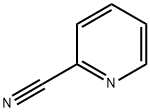
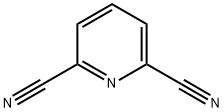


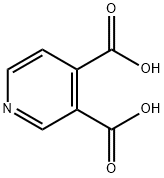
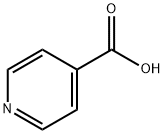
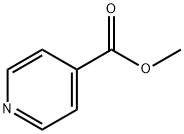

You may like
-
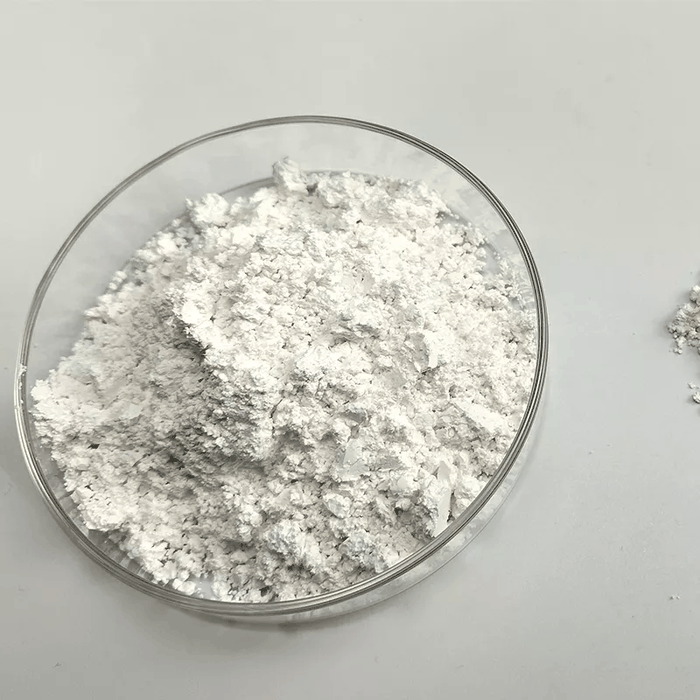 100-48-1 4-cyano pyridine 98%View Details
100-48-1 4-cyano pyridine 98%View Details
100-48-1 -
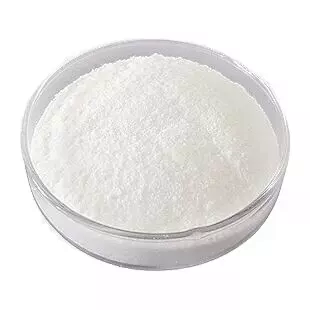 4-Cyanopyridine 100-48-1 98%View Details
4-Cyanopyridine 100-48-1 98%View Details
100-48-1 -
 4-Cyanopyridine, 98% CAS 100-48-1View Details
4-Cyanopyridine, 98% CAS 100-48-1View Details
100-48-1 -
 4-Cyanopyridine CAS 100-48-1View Details
4-Cyanopyridine CAS 100-48-1View Details
100-48-1 -
 100-48-1 4-Cyanopyridine 99%View Details
100-48-1 4-Cyanopyridine 99%View Details
100-48-1 -
 4-Cyanopyridine 98%View Details
4-Cyanopyridine 98%View Details -
 4-Cyanopyridine CAS 100-48-1View Details
4-Cyanopyridine CAS 100-48-1View Details
100-48-1 -
 4-Pyridinecarbonitrile CAS 100-48-1View Details
4-Pyridinecarbonitrile CAS 100-48-1View Details
100-48-1